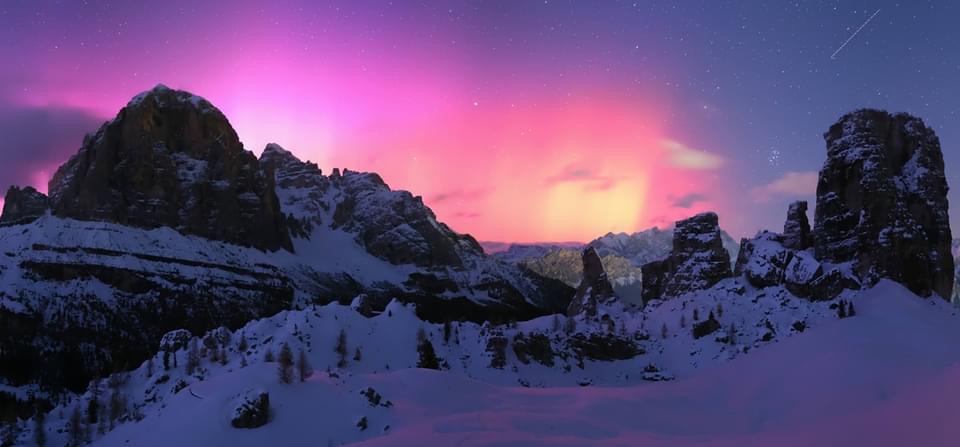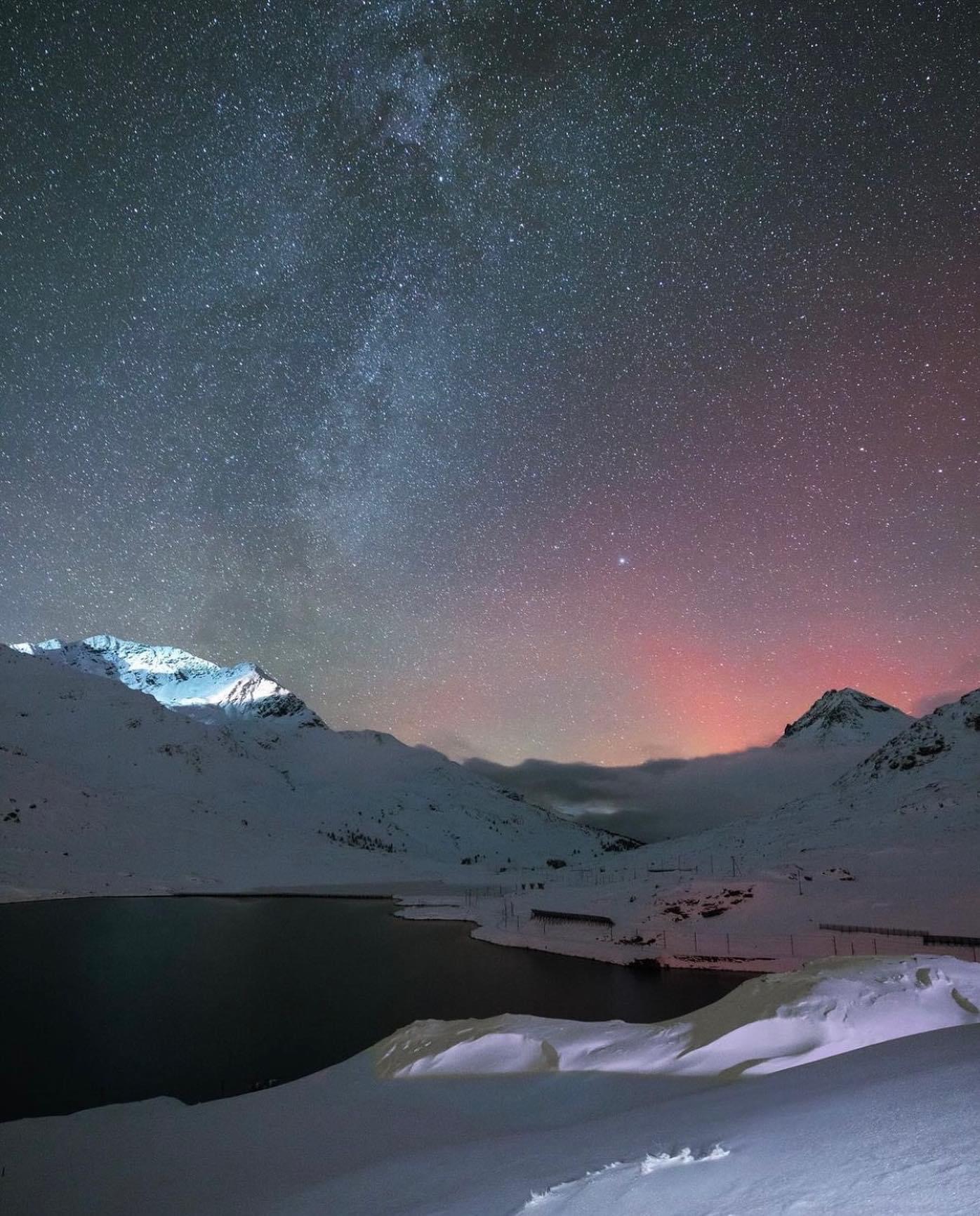
An incredible display of Northern Lights was visible last night all over Europe, from the United Kingdom all the way down to Italy. Usually a phenomenon mostly occuring in the high-latitude regions near the Arctic circle, this year has seen one of the highest solar activities across continental Europe in decades, if not centuries.
Northern Lights, also known as Aurora Borealis, are colorful reflections in the night sky that result from the interaction between charged particles from the Sun and the Earth’s magnetic field. Recent observations have revealed a surge in the strength and frequency of Northern Lights, making them more visible and vibrant than in previous years. This is due to the Sun entering Solar Cycle 25. The Sun undergoes an 11-year solar cycle, characterized by varying levels of sunspots and solar flares. During periods of high solar activity, the Sun emits a higher number of charged particles into space, known as the solar wind.

As the solar wind propagates through the interplanetary space towards Earth, it carries with it a stream of charged particles, mainly electrons and protons. When these particles encounter the Earth’s magnetosphere, a protective magnetic shield surrounding our planet, they interact with the Earth’s magnetic field.
The interaction between the solar wind and the Earth’s magnetic field leads to the acceleration of charged particles towards the polar regions. When these energetic particles collide with atoms and molecules in the Earth’s upper atmosphere, primarily oxygen and nitrogen, they transfer their energy to the atmospheric particles. This energy transfer results in the emission of photons, which creates the beautiful and colorful light displays of the Northern Lights.
During the last solar minimum, magnetic storms on the sun and sunspots were rare, and geomagnetic disturbances on earth were minimal. We are now entering a phase with maximum geomagnetic activity, making for perfect Aurora Borealis watching.
PHOTOS










